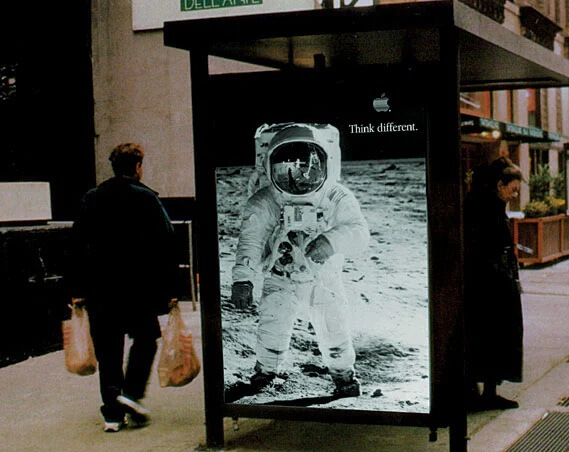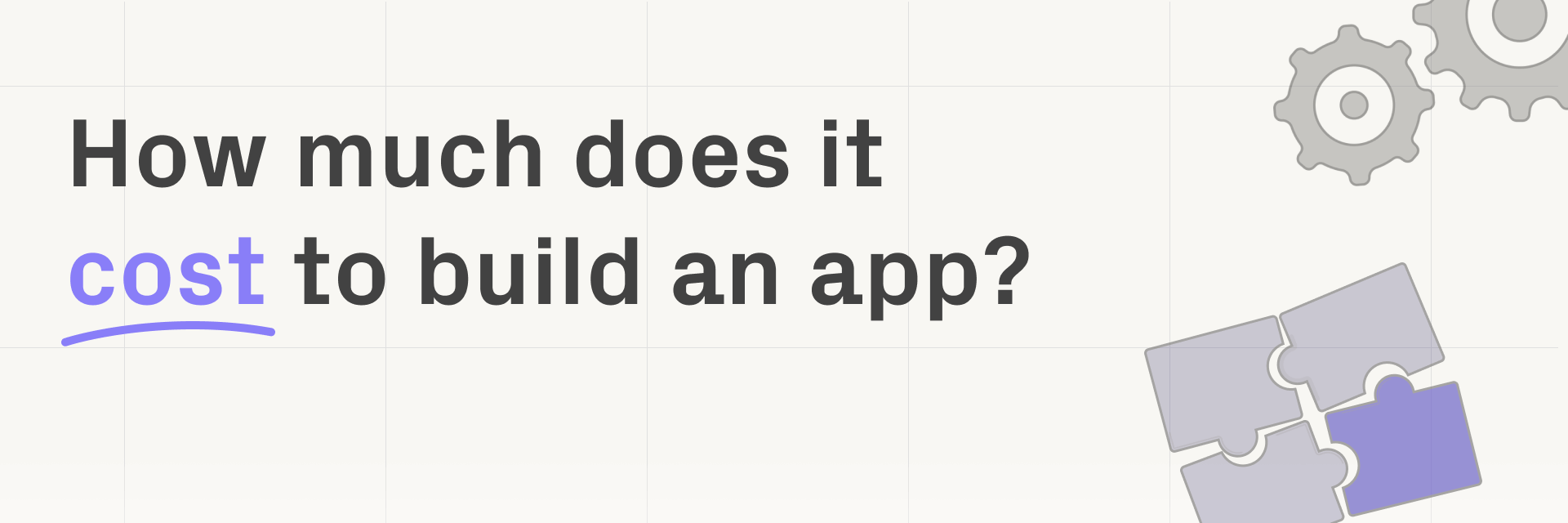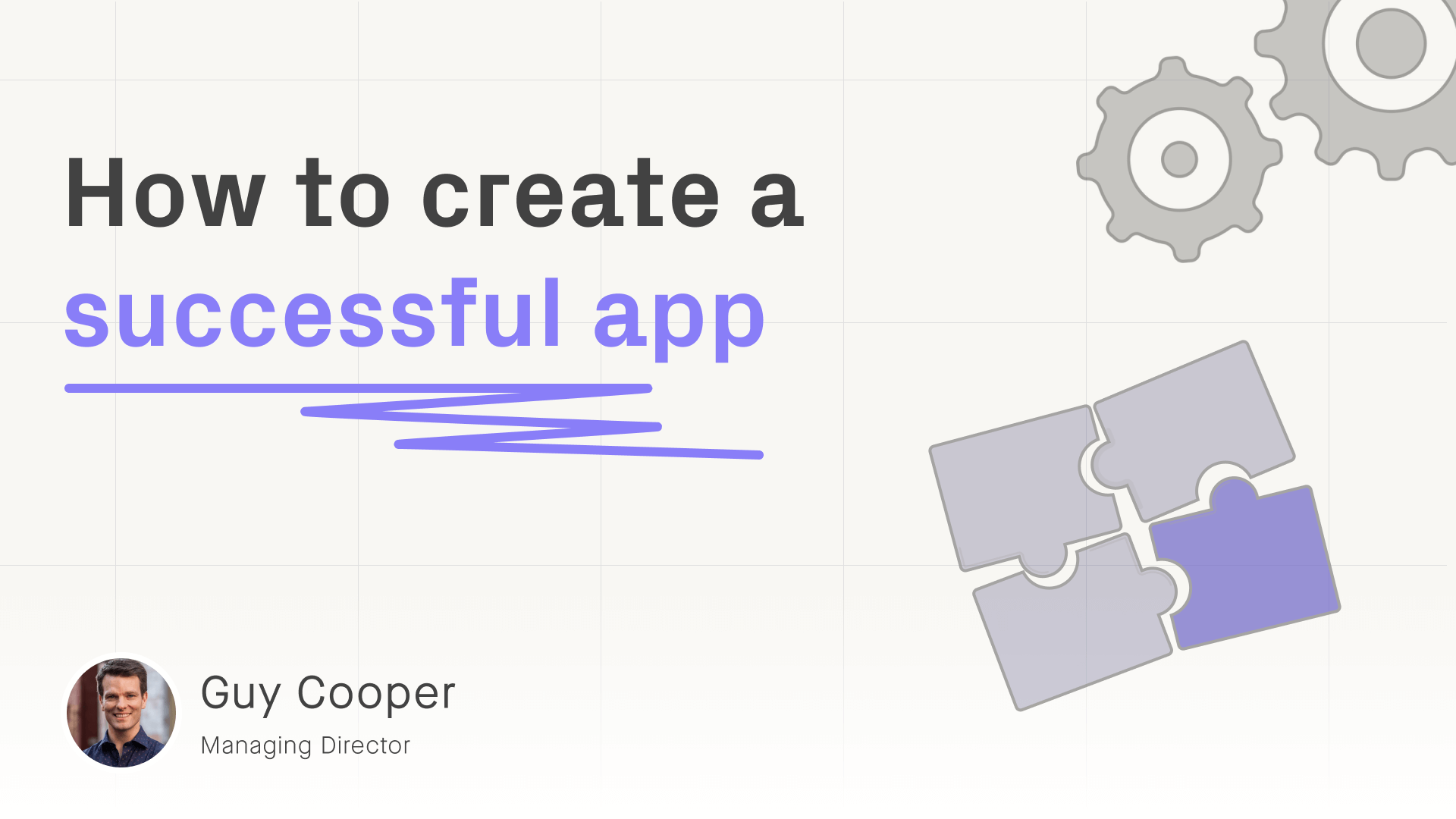Preparing to build an app is an exciting step for your organisation or startup. To help you identify the best approach to suit your concept and budget, Wave Digital Managing Director Guy Cooper shares insights from our 20+ years of delivering apps.
If you have any questions, reach out for a free 30 minute consult — we’d love to hear from you.
Six factors that influence the cost of building an app in 2025
These are the six top factors that will influence how much it will cost to build your app:
- Number of platforms (iPhone, Android, Web)
- Number of screens
- App design
- App integrations
- Backend development requirements
- Number and complexity of the app features
Let’s take a closer look at each of these factors.
1. Number of platforms
The number of platforms you require has a huge influence on how much your app will cost to build. Will you be engaging a developer for iPhone app development, Android app development, and to create a web app?
Every time you add a new platform this will, typically, increase the cost. We can use newer technologies such as React Native to build for both iPhone and Android platforms. However you will often still need certain elements written natively and you always have to test on both platforms.
If you’re planning to build a mobile app, you may in fact require both a web app and a mobile app to achieve your goals. A web app is typically used to manage the administration of the mobile app. For instance, you’d manage your mobile app’s content, business reports, push notifications and users through a web app.
A good example is the Educator Passport App that we built for our client, Chisholm Institute. Chisholm required a web app that their administrators could use to manage the professional development platform available through the mobile app.
This included the capability to update course content, generate reports on educator performance and view user information. The iPhone and Android app was therefore a relatively small part of the design and development engagement. It was the web app that accounted for a significant portion of the app development cost.
2. Number of screens
It may sound simple, but every screen on your mobile app requires design and development effort. Therefore a simple mobile app with five screens will generally cost less to build than an app with twenty screens. One way to reduce the cost of your app build is by reviewing your app features, and therefore the number of screens (see point 6 below).

3. App design
The more bespoke the app design, the higher the cost to build your app. Think about when you build a house – you can pick a house design from a developer. Or you can approach an architect to design a custom built home.
App design is the same.
A designer could use the standard design components provided by Apple in their iOS human interface guidelines. Alternatively, if you’re seeking an app that looks unique, a designer can create something tailored to your needs.
This customised design would involve more effort, and therefore, would be more costly. If you’re launching an app into a crowded market, like The Happy Habit within the meditation/wellness field, then a distinctive design may be worth the investment.
The interactions included in your app – the way an image loads, the way it responds to how you swipe, how a button animates when it is pressed – also impact on app cost. Simplifying these interactions will provide opportunities to reduce the cost to build your app.
4. Backend development requirements
When you build an app, it can be standalone or require backend development. A backend will add to the cost of your app build.
A backend is an application programming interface (API) which facilitates the transfer of data between your app and a cloud hosted database.
This is best explained with an example.
Wave Digital's Les Verbes app has been developed as a standalone iPhone app and Android app. The app does not recognise who uses it and Wave Digital cannot access the responses to the French verb questions.
We could build a backend to facilitate data transfer from the app. This backend would then enable us, for example, to write some business logic to tailor the questions to the user's history.
5. App integrations
If your app is required to integrate with other systems, then the type of integration will be a big influence on app cost. Is it a proprietary integration or an integration to a well-documented publicly available API?
A good practical example of how integrations are used within an app is Wave Digital's VicTraffic app for VicRoads. The app uses proprietary integrations to internal VicRoads enterprise systems, as well as integrations with publicly available APIs such as Google Maps.
Also, the nature of the integration will have an impact. At its simplest level, your app may send data to the other system. A more complex integration may involve the data flowing both ways.
Is the supplier of the other system in a position to make changes to their API to facilitate the integration with your app? Or if that's not possible, will you need to build logic to enable the integration to occur?
6. Number and complexity of app features
The number and complexity of your app's features will impact the app cost. Every time you have a feature – for example, a map interface, payments, social media, push notifications – there is an additional cost.
This is because for each feature, the interfaces will be designed and the rules/business logic associated with the features created. The more complex the business logic and developer effort, the higher the cost will be.
There are countless ways a feature can be implemented, meaning clients have a lot of scope to influence their app cost. An example is a sign up feature. A base option would be requiring a user email and password.
Another, more expensive option would be to allow sign in via Google, Facebook or LinkedIn. Both achieve the same outcome but involve different levels of developer effort.
Consider what’s essential to test when you launch your app. How far do you need to go in version one and what can be prioritised for future releases?
How much it costs to make an app — a look into different price points
A mobile app built in Australia in 2025 will cost between $50K to $250K+. Let’s break down what’s possible at different price points to help you consider a good fit for your concept and budget.
<$75K
If your budget is less than $75K, you might be able to bring a very simple concept to market with smart out-of-the-box thinking, combined with a no-code platform or offshore freelancers. However keep in mind the risk that can come with using an offshore freelancer at this price point.
If you’re not yet ready to build your app, for startups in particular, an app prototype can be a cost-effective first step. An app prototype can help you to move you closer to creating a bespoke app.
$75K to $125K
If your idea is simple enough and you’re smart with the design and features, minimise the number of platforms to launch on (e.g. trying iOS only first), and you’re happy to work with a freelancer, then you should be able to bring your app to market for $75K to $125K.
$125K to $250K+
Most minimum viable products can be brought to market for $125K to $250K+. At this price point you should be able to find a reputable local agency who can provide the breadth of design, product, and development skills needed to bring your idea to life.
You’ll generally need the following skills to bring your idea to life:
- UX/UI design
- Product strategy – sometimes the designer will have these skills
- Front end development – app or web apps
- Backend and infrastructure development
This is why, if you have the budget, you’ll generally get a better result from an agency with this breadth of skills.
Where the price falls in this $125K to $250K range will depend on the six factors discussed earlier.
Find the best fit
Some methods are better than others and some methods are costlier than others. The key is knowing which process best suits your concept and budget.
The fact is, you can build an app for almost any budget, from $75K to $250K.
It really depends on what you’re trying to achieve, which app developer you’re trusting to build your app, what tools they’re using and how rigorous their processes are.
A few more things to consider
Runway for app iteration
Rather than spending your entire budget up front, build iteration into your costing so that you can take your app beyond version one. For example, if you have an app budget of $200K, consider spending $150K on the first version and another $50K on iterations.
When it comes to building apps, there are no overnight success stories. So it’s important to build a realistic runway for cycles of design, development, testing, measurement, learning, and iteration. This will push you to move beyond biases and assumptions to take an app to market that works for humans and keeps improving.
In addition to iteration, factor in other costs that will go into building your app like legals and marketing.
It’s all about benefits
Remember that people aren’t buying features – they’re buying benefits.
They’re buying how your app is going to solve a problem and make their life better.
Keep benefits at the core of your design, development, testing, measurement, learning and iteration cycles. You can then build an in-depth understanding of the human needs that your app addresses, and how you can best serve these needs.
When you start to talk about your idea with designers and developers, and friends and family, practice framing your app in terms of benefits rather than what it does.
Less is more to start off with. This will help you to discover what works and what doesn't work, and focus on polish rather than perfection. Use the opportunity to test and understand the core need, problem, risks and assumptions that you're making.
Move hearts and minds
Framing your app around benefits is a chance to tap into the emotions, needs, fears and desires of the people you serve. This comes down to how you communicate about your offering and product.
Spending time and money on communication will help people to understand how your app is going to affect their life in a positive way. Beyond the visual look and feel of your app, it’s also about finding the words, messages, voice and tone that rings true to your users.
For inspiration on communicating in terms of ‘benefits’ rather than ‘features’, consider some of the most successful brands in the world. Apple for example didn’t mention technology in 'Think different', one of their most successful and talked about ad campaigns.

Looking for tailored advice for your app idea?
We offer free 30 minute consultations to provide you with:
- A clear understanding of what your app project would involve, including a realistic expectation of cost/time
- Insight into the most important things to consider for your project before you proceed
- Recommendations on next steps
We’d love to hear from you.
Book a free 30 minute consult.
About the author

Guy Cooper is the Managing Director of Wave Digital, where he brings his technical expertise, commercial acumen, and passion for creating better lives through technology to delivering apps for government, corporates, and startups.




